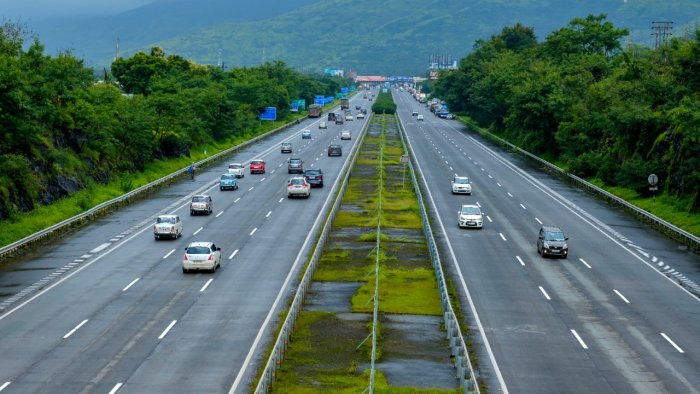
When faced with the choice between a controlled access roadway (such as a freeway or expressway) and a city boulevard, opting for the controlled access road is generally safer. Freeways lack intersections and typically have traffic moving at similar speeds, reducing the potential for collisions. However, the question arises: what’s the best lane to use on the freeway? Based on logic and experience, the center lane often emerges as the safest option. Here’s why:
Lane Options on the Freeway
Right Lane
Pros:
– Lower Speeds: The right lane generally has slower-moving traffic, which could mean less severe collisions.
Cons:
– On/Off Ramps: This lane is heavily used by vehicles entering and exiting the freeway, creating potential conflict points similar to intersections on city streets.
– Increased Congestion: The frequent merging and exiting can lead to unpredictable stops and starts.
Left Lane
Pros:
– Fewer Vehicles: Often fewer vehicles travel in the left lane, potentially reducing the chance of collisions.
Cons:
– Higher Speeds: Known as the “high speed lane” or “passing lane,” collisions here can be more severe due to higher speeds.
– Legal Restrictions: In many places, it’s illegal to drive continuously in the left lane unless you are passing, which can limit its use.
Why the Center Lane is Optimal
Balanced Speed: The center lane typically has a moderate flow of traffic, avoiding the extremes of the high speeds of the left lane and the slower, more congested right lane.
Fewer Conflicts: By staying in the center lane, you avoid the frequent merging and exiting traffic of the right lane and the high-speed drivers in the left lane.
Escape Routes: Being in the center lane gives you the flexibility to move left or right to avoid potential hazards. This is crucial for maintaining a safety cushion around your vehicle.
Practical Tips for Center Lane Driving
- Avoid Getting Boxed In:
– Constantly adjust your speed to ensure there is space around your vehicle.
– Be mindful of your blind spots and those of other drivers.
- Maintain a Safety Cushion:
– Keep a reasonable distance from the vehicles ahead and behind.
– This space gives you more time to react to sudden stops or emergencies.
- Monitor Surrounding Traffic:
– Be aware of vehicles in adjacent lanes, particularly those that may be attempting to merge.
– Regularly check your mirrors to stay informed about the traffic situation around you.
- Stay Out of Blind Spots:
– Avoid driving in other vehicles’ blind spots, and ensure they are not lingering in yours.
By choosing the center lane and applying these defensive driving strategies, you can minimize your risk of collisions and enhance your overall safety on the freeway. While personal preferences and specific driving conditions may influence your choice, the center lane generally offers a balanced and safer driving experience.
